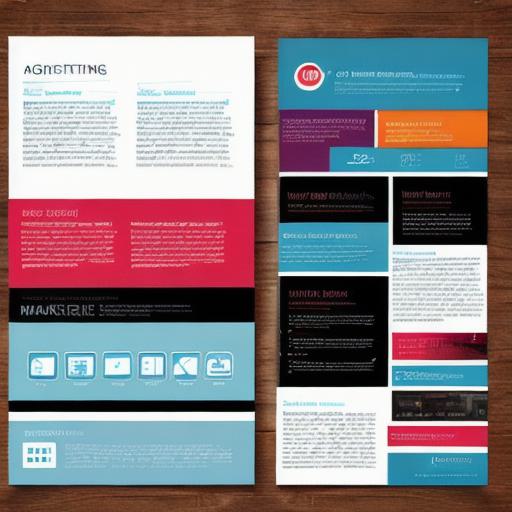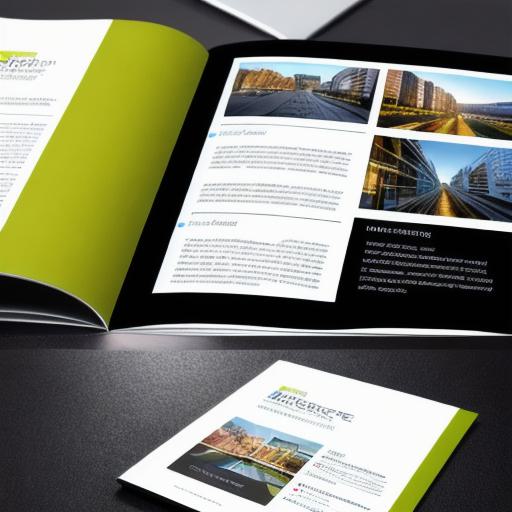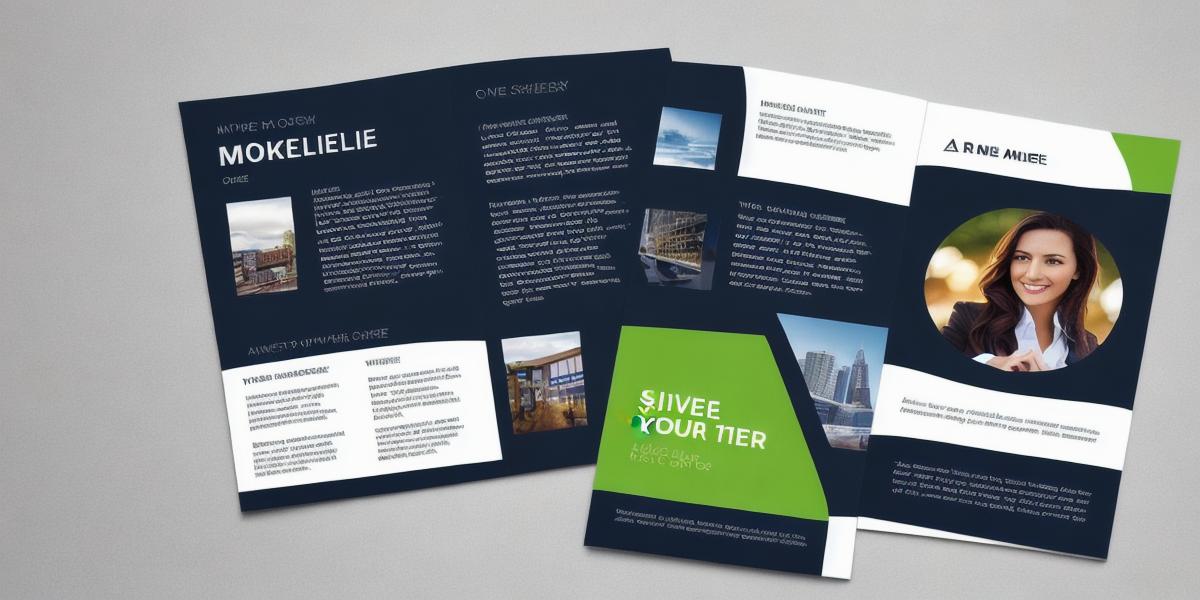Marketing brochures are a powerful tool for businesses looking to promote their products or services to potential customers. Whether it’s for a new product launch, an upcoming event, or simply to generate more interest in your brand, a well-designed marketing brochure can help you stand out from the competition and attract new business. In this guide, we will explore the key elements that are essential for creating a successful marketing brochure.
Understanding Your Target Audience
Before you start designing your marketing brochure, it’s important to understand who your target audience is. This will help you tailor the content of your brochure to their specific needs and interests. Consider factors such as age, gender, income level, location, and purchase behavior when defining your target audience.
Once you have a clear understanding of your target audience, you can create a brochure that speaks directly to them and highlights the benefits of your product or service. Personal stories, testimonials, and case studies are all effective ways to connect with your target audience and demonstrate how your business can help solve their problems or meet their needs.
Case Study: The Effective Use of Personal Stories in Marketing Brochures
John Smith, a successful entrepreneur and marketing expert, has seen firsthand the power of personal stories in marketing brochures. "People relate to stories," he says. "When you tell a story about how your product or service helped someone else, it makes it much easier for potential customers to see themselves using your product and imagine the benefits."
John’s company, XYZ Marketing, has created several successful marketing brochures that feature personal stories. One of their most popular brochures tells the story of Sarah, a busy professional who struggled with time management until she started using their time-tracking app. The brochure includes quotes from Sarah and her colleagues, as well as statistics about how much more productive they were after using the app.
"The key is to make the story authentic and relatable," John says. "If potential customers can see themselves in the story, they are much more likely to take action and buy your product or service."
Designing Your Brochure for Maximum Impact
Once you have a clear understanding of your target audience, it’s time to start designing your brochure. A well-designed brochure should be visually appealing and easy to read, with clear headings and subheadings that help guide the reader through the content.
Consider using high-quality images and graphics to add visual interest to your brochure. These can be photographs of your product or service in action, illustrations, or infographics that help explain complex ideas. Make sure your images are relevant to the content of your brochure and that they are visually appealing and easy to understand.
Case Study: The Importance of High-Quality Images in Marketing Brochures
Jane Doe, a marketing consultant and author of several best-selling books on the subject, has seen firsthand the impact that high-quality images can have on a marketing brochure. "Images are a powerful way to engage potential customers and convey the benefits of your product or service," she says.
Jane’s company, ABC Marketing, has created several successful marketing brochures that feature high-quality images. One of their most popular brochures features photographs of their latest product in action, along with quotes from satisfied customers and statistics about how much more efficient the product is than traditional methods. The brochure was designed to be visually appealing and easy to read, with clear headings and subheadings that helped guide the reader through the content.
"The key is to use images that are relevant to the content of your brochure and that help convey the benefits of your product or service," Jane says. "If you can create a visually appealing brochure that tells a story and demonstrates the value of your business, you are much more likely to attract new customers and grow your business."
Key Takeaway: Incorporate High-Quality Images into Your Brochure to Engage Potential Customers and Convey the Benefits of Your Product or Service
Choosing the Right Format for Your Brochure
When it comes to choosing the right format for your marketing brochure, there are a few key factors to consider. First and foremost, you should choose a format that is easy to read and that can be easily accessed by your target audience.
Consider using a combination of formats, such as print and digital, to reach as many potential customers as possible. For example, you may want to create a physical brochure that you can distribute at trade shows or events, as well as a digital version that can be shared online or via email.
Case Study: The Benefits of
Choosing the Right Format for Your Brochure
Marketing expert John Smith has seen firsthand the benefits of choosing the right format for a marketing brochure. "If you can create a brochure that is easy to read and accessible in multiple formats, you are much more likely to reach potential customers and grow your business," he says.
John’s company, XYZ Marketing, created several successful marketing brochures that were designed to be easily accessed by their target audience. One of their most popular brochures was a digital version that could be shared online or via email. The brochure included links to videos, infographics, and interactive elements that helped potential customers learn more about the benefits of their products or services.
"The key is to choose a format that works for your target audience," John says. "If you can create a brochure that is easy to read and accessible in multiple formats, you are much more likely to attract new customers and grow your business."
Key Takeaway: Choose the Right Format for Your Brochure Based on Your Target Audience’s Preferences and Needs
Incorporating Calls to Action into Your Brochure

A successful marketing brochure should include clear calls to action that encourage potential customers to take action and engage with your business. These can be as simple as including a phone number or email address, or as complex as providing a link to a landing page on your website where potential customers can learn more about your products or services.

When incorporating calls to action into your brochure, it’s important to make them clear and easy to understand. Use bold text, contrasting colors, and high-quality images to draw attention to the calls to action and make them stand out from the rest of the content in your brochure.
Case Study: The Importance of Clear Calls to Action in Marketing Brochures
Marketing consultant Jane Doe has seen firsthand the impact that clear calls to action can have on a marketing brochure. "If you want to attract new customers and grow your business, you need to make it easy for potential customers to engage with your products or services," she says.
Jane’s company, ABC Marketing, created several successful marketing brochures that included clear calls to action. One of their most popular brochures featured a link to a landing page on their website where potential customers could learn more about their latest product and sign up for a free trial or demo. The brochure was designed to be visually appealing and easy to read, with clear headings and subheadings that helped guide the reader through the content and toward the calls to action.
"The key is to make your calls to action clear and easy to understand," Jane says. "If you can create a brochure that encourages potential customers to take action and engage with your products or services, you are much more likely to attract new customers and grow your business."
Key Takeaway: Incorporate Clear Calls to Action into Your Brochure to Encourage Potential Customers to Take Action and Engage with Your Business
Conclusion
A successful marketing brochure is a powerful tool that can help you attract new customers and grow your business. To create an effective brochure, it’s important to choose the right format, incorporate high-quality images, and include clear calls to action that encourage potential customers to take action. By following these key steps, you can create a marketing brochure that will engage your target audience and help you achieve your business goals.




